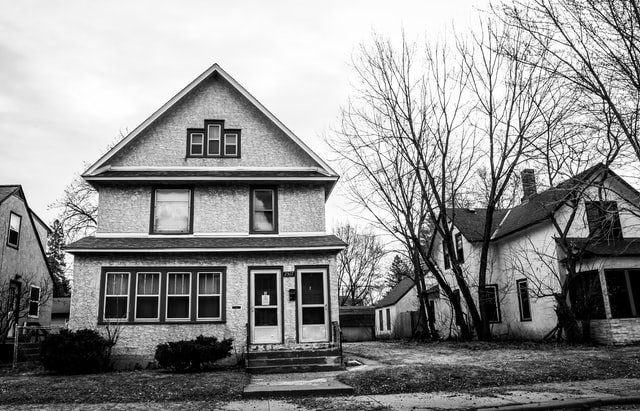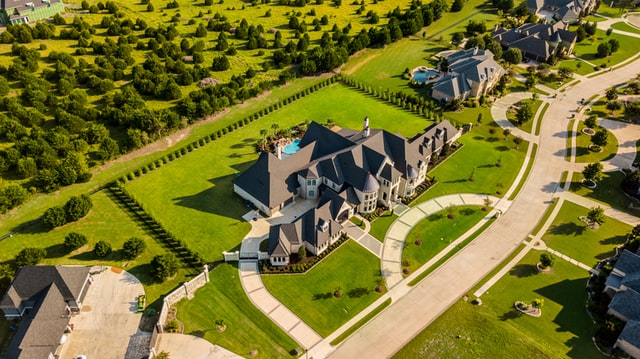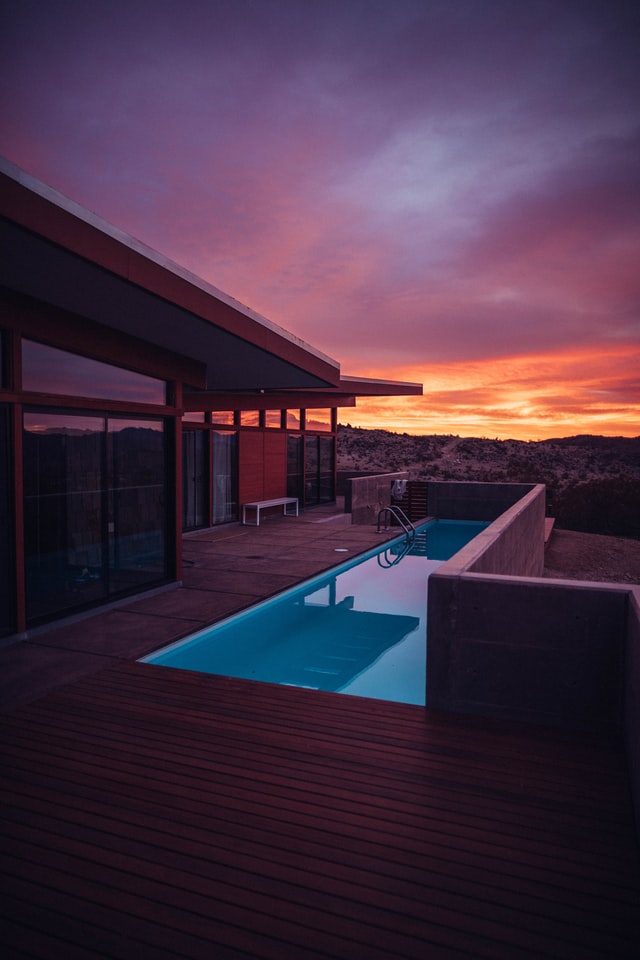We’ve just talked about the Millennial generation’s impact on the luxury real estate market and their desire for updated, move-in ready homes (see: https://www.beachchatter.com/2021/02/11/millennial-preferences-reshaping-luxury-market/). It turns out there’s another type of home that Millennials are itching to buy, and it’s quite on the opposite side of the spectrum. They’re moving across the country to buy old, cheap houses in need of extensive renovation.
Not all Millennials have the income to enter the luxury market, so for those with budget constraints, the alternative is to expand the search radius. There are plenty of houses under $100,000 that are in need of some updating in historically less desirable areas. A Utah couple bought a Victorian-style 1885 house in Connecticut for $85,000. They’re expecting to spend about $100,000 to remodel it. This is still far below Utah’s median house price of about $575,000. It’s likely that this trend will continue, as work-from-home enables prospective buyers to look anywhere within the country. More expensive areas such as New York City have already had a significant exodus.
Photo by Glenn Hansen on Unsplash




